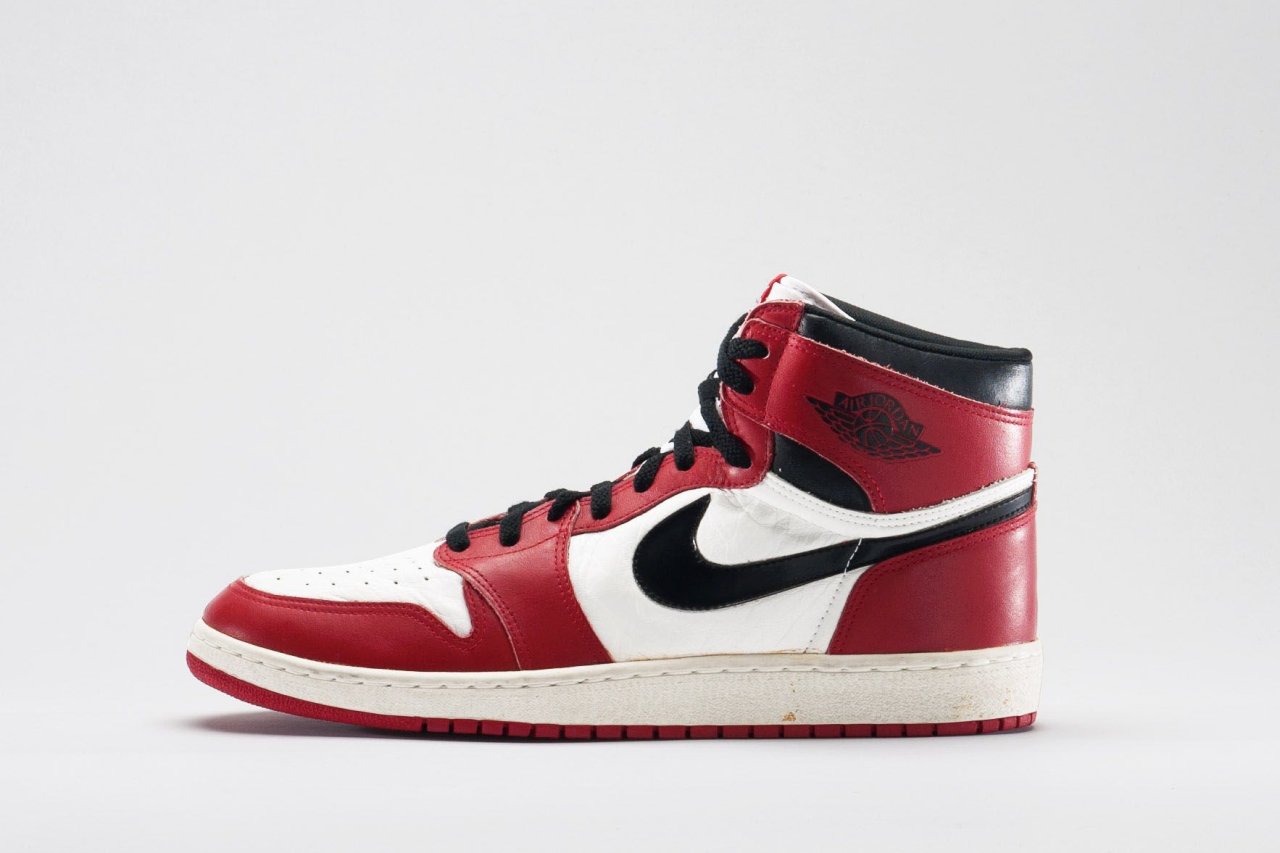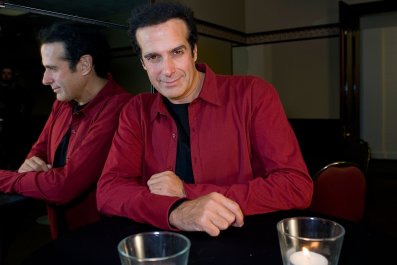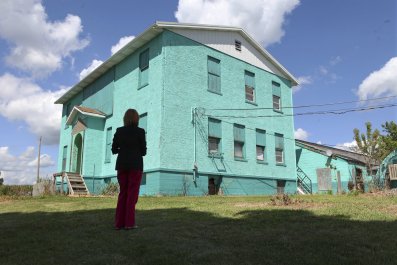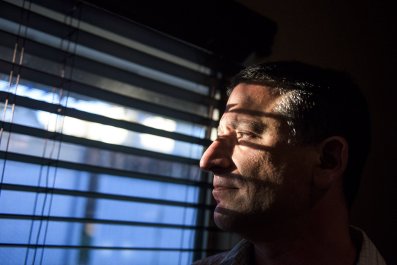Tucked away behind a modest storefront in Chicago's Humboldt Park neighborhood, three 20-something men and an old cobbler sit on wooden stools, paintbrushes and small cleaning tools in hand. They're working fixedly on several pairs of Nike Air Jordans. "We can't keep up with the work!" says Ray Ramirez, owner of Red Star Cobbler, a shoe repair shop that specializes in restoring athletic sneakers to vintage form.
Hailing from a long line of cobblers, Ramirez moved to Chicago seven years ago from Mexico City to pursue the dream of "working 15 hours a day at $10 an hour." He figured he'd make his living the way his family had made theirs: by making and repairing dress shoes. "But it just happened!" he says of the way sneaker aficionados brought in—and now even ship—their prized footwear for meticulous cleaning, painting, buffing and re-lacing by Ramirez and his five employees. It's all built his reputation as the man who will bring your old sneakers back to life.
Ramirez owns only six pairs of sneakers, a modest amount compared with the "hoarders" who bring him their Air Jordans or designer-brand tennis shoes for revival, many of whom have hundreds of pairs. Ramirez, who has been written about in sneaker blogs and Esquire, estimates that over half of his business is now restoring Air Jordans.
"The market is there," he says. "And it's huge."
Once a niche obsession, sneakers are now big business. According to data from market research company NPD's Retail Track service, in the 12 months between June 2014 and 2015, U.S. sneaker sales totaled approximately $34 billion. With celebrities from Kanye West to Pharrell Williams now designing their own styles for Nike and Adidas, respectively, sneakerheads have gone from a subculture to dominating the culture.
[RELATED: The Rise of Sneaker Culture]
The internet and the rise of social media have given sneakerheads a platform to exchange info about their passion—release dates, Instagram photos—in addition to fueling a major resale market. "It's super hard to get the coveted sneaker now more than ever," says Joe La Puma, a longtime sneakerhead who serves as director of content strategy at Complex Media and hosts the popular web series "Sneaker Shopping," in which he picks out shoes with everyone from Rick Ross to Marshawn Lynch. "Maybe it's a monster that we created."
Kixify, the world's largest sneaker marketplace, currently lists shoes selling for tens of thousands of dollars, like a pair of retro Air Jordans recently listed for $23,600. "It's insane," says Furqan Khan, Kixify partner and founder of influential sneaker blog Kicks on Fire. " What stands out to me is how powerful the culture has become. People are starting to see it in numbers."
For Ramirez and Red Star Cobbler, the concern is solely about getting to the stacks of unopened shoeboxes that line his store. He says he's so backed up with business that even a regular repair quote often exceeds one month. Still, much to his employees' disapproval, Ramirez charges only $25 for a basic sneaker cleanup. "I'm just too Mexican, bro," he says with a laugh. "We just survive."




















